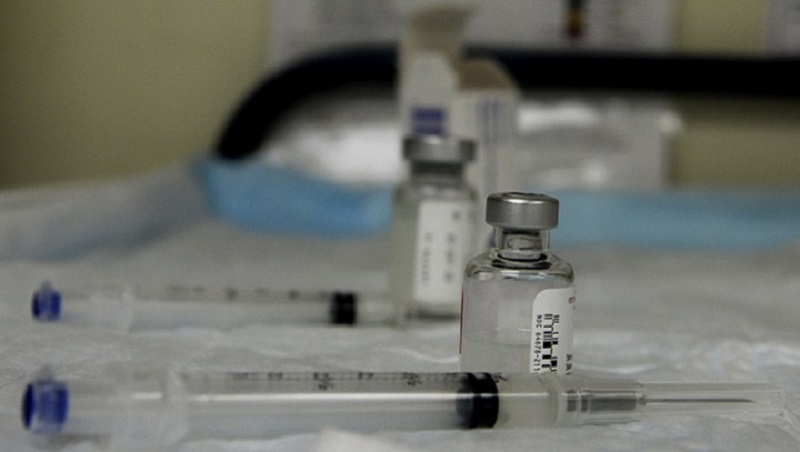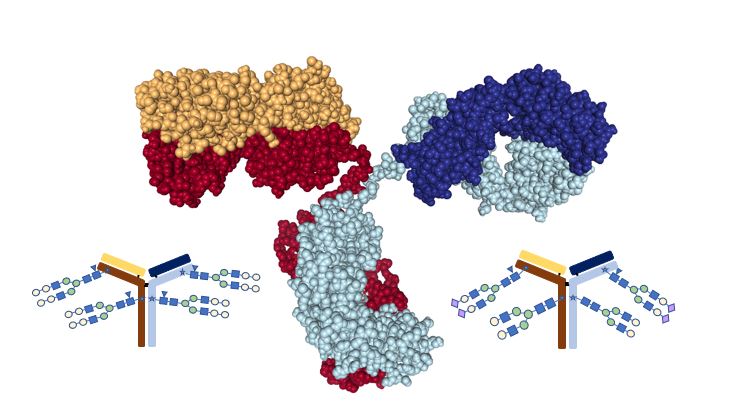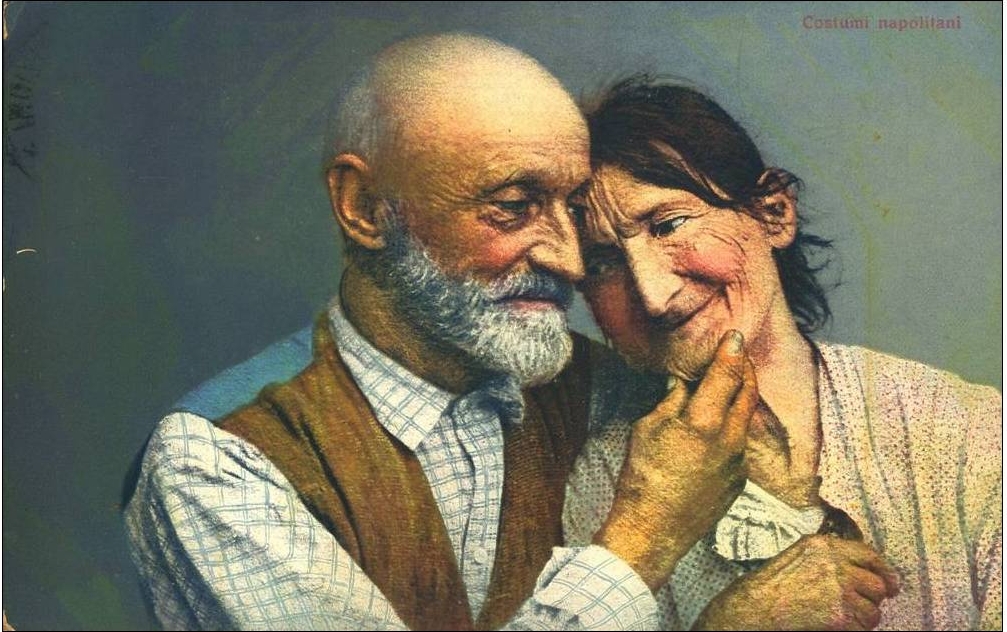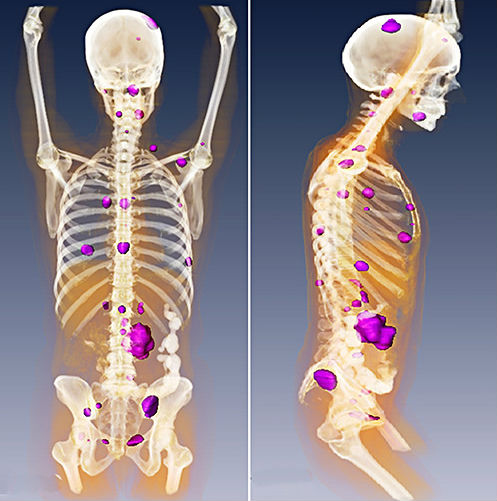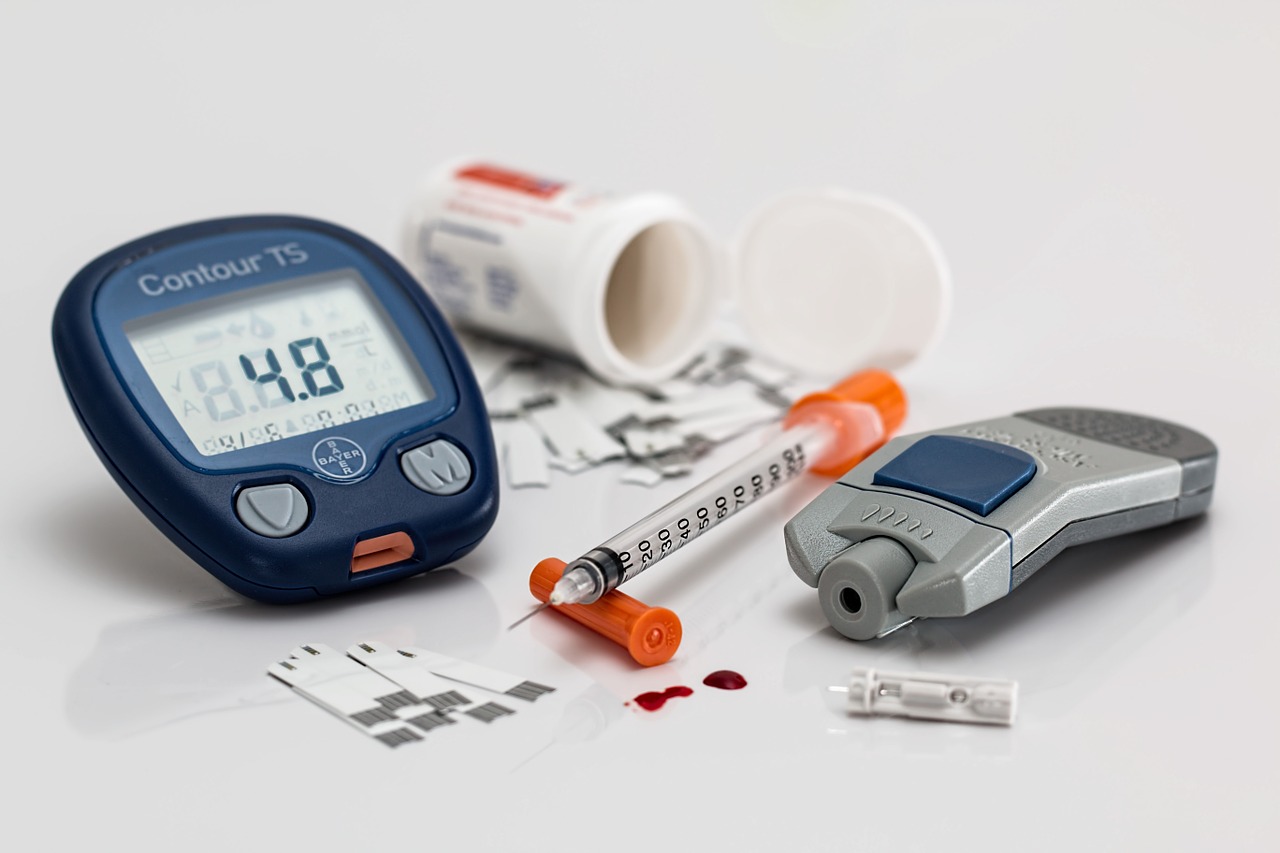Using Flu Vaccines to Treat Cancer
Researchers discovered that injecting inactive flu virus directly into solid tumors triggered a systemic anti-tumor immune response. Thus, seasonal flu vaccines or other inactivated virus vaccines could be repurposed as agents that convert immune “cold” tumors into immune hot ones. Newman and colleagues found that influenza infection, which is respiratory virus that infects the lungs, … Read more

